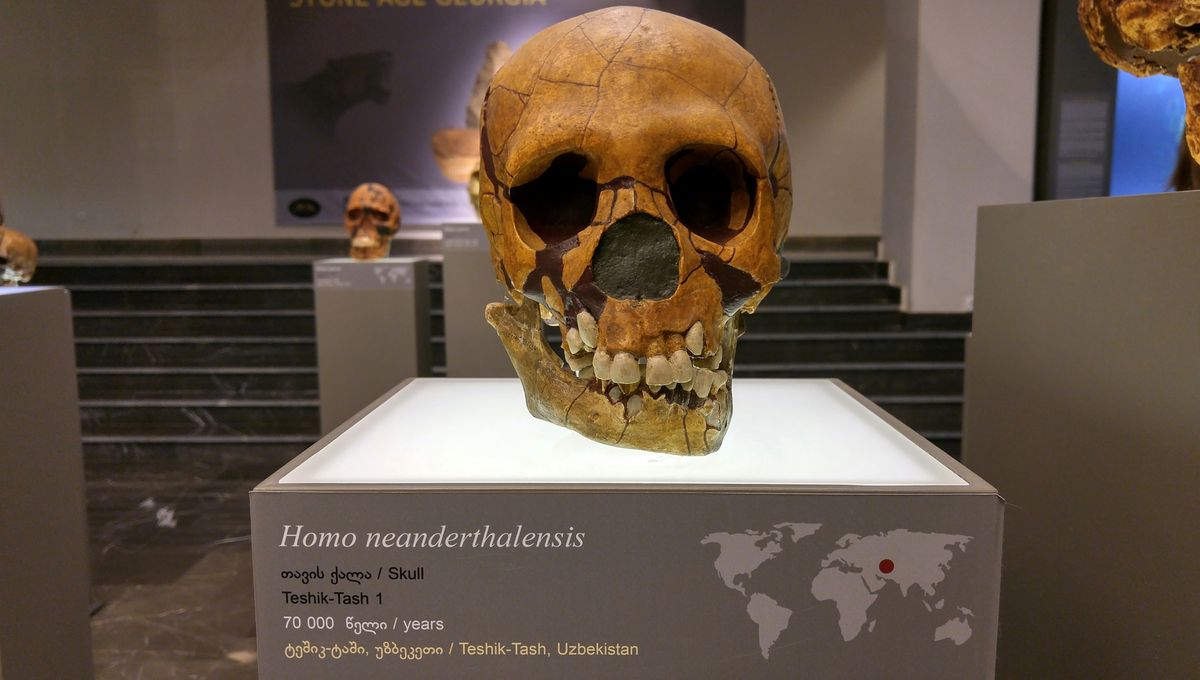
It’s a somewhat uncomfortable reality that Homo sapiens interbred with their closest relatives, the “sister species” Neanderthals, multiple times during their overlapping history. This rampant prehistoric mingling didn’t seem to harm our species much – traces of Neanderthal DNA still quietly live in some people today – although more research suggests that these repeated encounters may have spelled trouble for the Neanderthals themselves.
The rest of this article is behind a paywall. Please sign in or subscribe to access the full content.
In a new paper, which is yet to be peer-reviewed, researchers from the University of Zurich argue that the hybrid offspring of Neanderthals and Homo sapiens may have been imperiled by a single gene variant. This problem bled into the wider Neanderthal population, causing even more problems for this dwindling species.
PIEZO1 is a gene in humans that’s closely linked to numerous processes in the body, especially some important ones related to red blood cells. Many Neanderthals possessed a variant of this gene that is thought to have increased their red blood cell oxygen affinity, meaning their hemoglobin could hold onto oxygen more tightly.
While this gene variant was probably advantageous for Neanderthals, the new paper argues it might have caused problems for their hybrid offspring with Homo sapiens, as well as their populations down the line.
This is because the Neanderthal variant of the PIEZO1 gene (dubbed V1) and the modern human version (V2) didn’t work well together during pregnancy. For a fetus to get enough oxygen from the mother, there needs to be a natural compatibility with how strongly their hemoglobin holds oxygen. If the mother’s blood holds oxygen too strongly, it can lead to low oxygen levels, slower growth, or even pregnancy loss.
The paper shows that this type of “maternal-fetal mismatch” may have occurred when a Neanderthal mother carrying a copy of the V1 gene variant had a fetus with the V2 version, potentially reducing the chances of normal fetal development and survival.
The researchers believe this acted as a “soft reproductive barrier.” This doesn’t mean that all Neanderthal hybrids were instantly doomed – it’s evident that many, many hybrids were successfully born and went on the pass on their genes. However, the impact might have slowly built up over time to a critical point.
The human V2 gene would have slowly crept into Neanderthal populations over generations of contact with Homo sapiens, slightly reducing the reproductive success of groups, even when they weren’t directly interbreeding with modern humans.
Small, fragmented Neanderthal groups would have been especially vulnerable to a slight drop in the number of successful births. So much so, the researchers argue, that this problem with the PIEZO1 gene variant might have contributed to the extinction of Neanderthals.
So perhaps, Homo sapiens really did play a key role in the Neanderthals’ demise – not because we hunted them to extinction, nor outcompeted them for mammoth meat, but by introducing a genetic mismatch that slowly undermined their survival.
The paper is posted on the pre-print server bioRxiv.
Source Link: Human Hybrids May Have Been A Hidden Factor In The Extinction Of Neanderthals